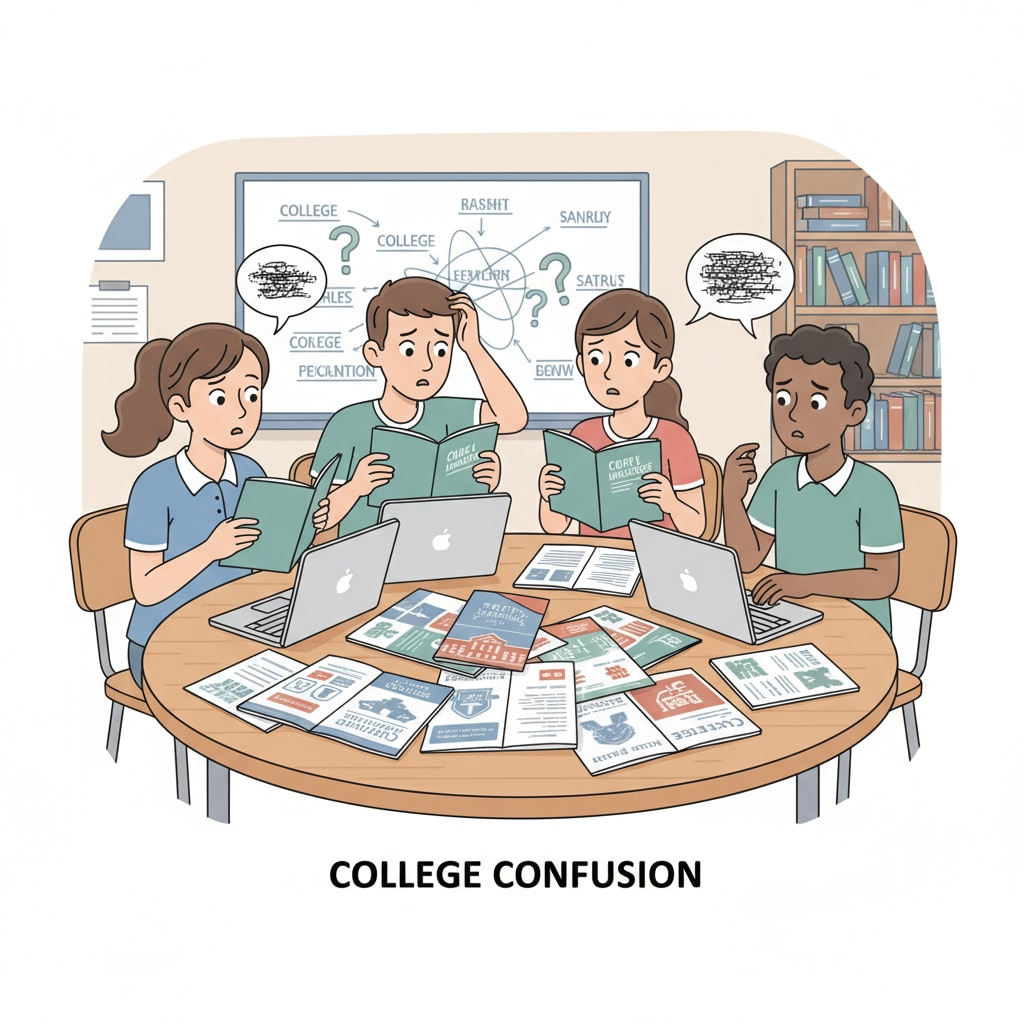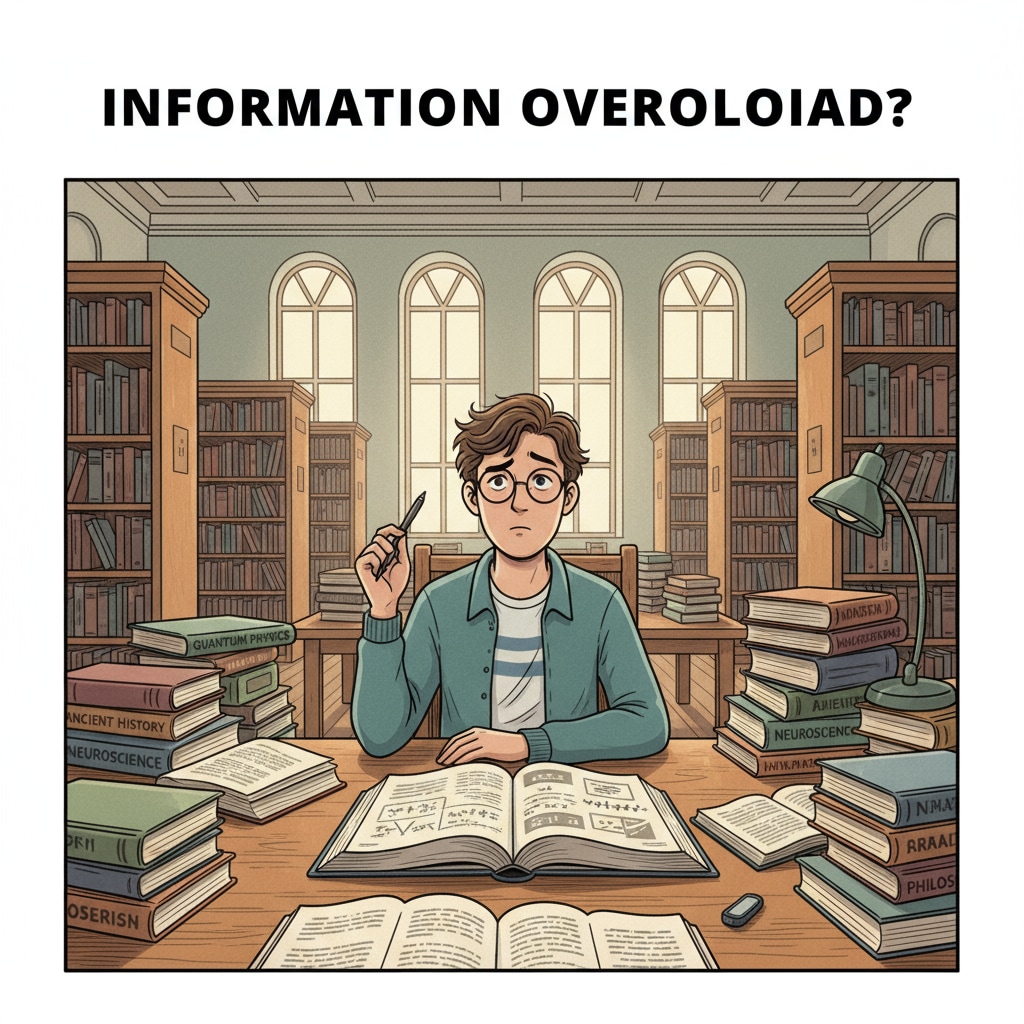Professional choice, interest confusion, career planning are crucial aspects that high school graduates grapple with. Standing at the crossroads of life, choosing a college major can be an overwhelming decision. It’s a time when students must consider their interests, future career prospects, and personal goals.

The Dilemma of Professional Choice
High school students often find themselves in a bind when it comes to choosing a college major. There are numerous factors at play. For example, some students may be pressured by their parents to choose a “practical” major like engineering or business, even if they have little interest in these fields. According to Education Data, a significant percentage of students regret their major choices later. This is because they didn’t fully understand the implications of their decisions at the time. In addition, the vast array of majors available can be bewildering. From liberal arts to STEM fields, the options seem endless.
Interest Confusion: Balancing Passions and Practicality
Interest confusion is another common issue. Many students are passionate about multiple subjects but struggle to determine which one should form the basis of their college major. Some may love art and literature but worry about the limited job opportunities in these fields. On the other hand, they might be good at math and science, but lack true enthusiasm for them.

It’s essential to find a balance. As stated on Career One Stop, taking interest inventories can help students identify their true passions and align them with potential career paths.
To overcome these challenges, students should start early. They can engage in internships, volunteer work, or extracurricular activities related to different fields during high school. This hands-on experience will give them a better understanding of what various careers entail. Additionally, having in-depth conversations with professionals in different industries can provide valuable insights. By doing so, students can make more informed decisions about their college majors and future careers.
Readability guidance: In this article, we’ve presented the dilemmas and solutions in a clear and straightforward manner. The short paragraphs and use of lists help summarize key points. Transition words like “for example” and “in addition” have been used to enhance the flow. We’ve also included external links to reliable sources for further information.


